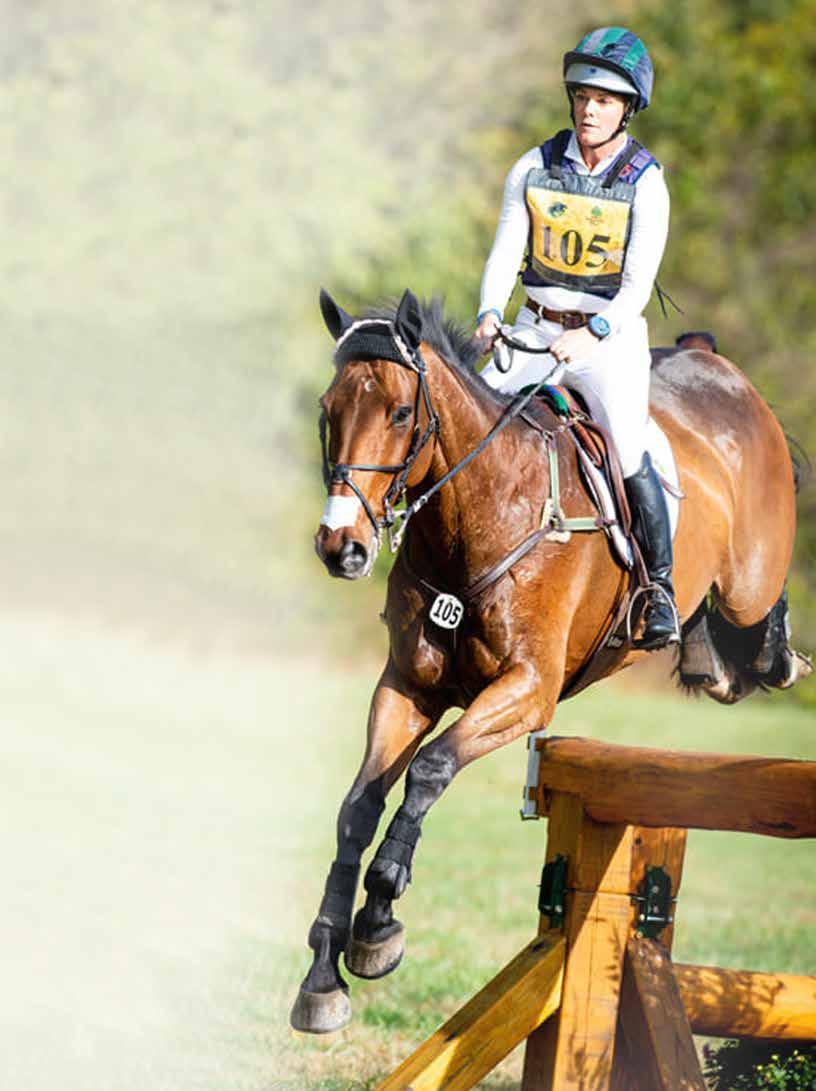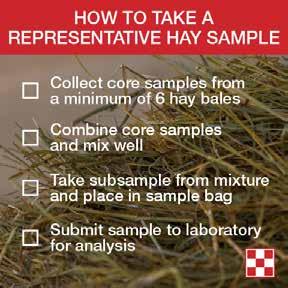INFECTIOUS DISEASES
A Tale of 2 Treatments:
Aspirin and Acyclovir During an EHV-1 Outbreak Equine Herpesvirus-1 (EHV-1) is endemic to the
North American horse population, with more than 80% of horses exposed to the virus by age 2. However, few treatments have been evaluated during naturally occurring outbreaks. Susannah S. Lewis, DVM, PhD, of the Rainland Farm Equine Clinic in Woodinville, Wash., recently experienced such an outbreak firsthand. She spoke about the effect of antiviral and anticoagulant treatment at a 60-horse boarding and training farm at the 65th Annual AAEP Convention in Denver.
Shutterstock/gibleho Shutterstock/Zadorozhnyi Viktor
Neurotropic strain
The index case underwent a respiratory panel for 5 common respiratory pathogens via nasal swab PCR. Results were positive for EHV-1 G2254, which is known as the neurotropic strain due to the higher rate of neurologic disease. This strain is also known to cause abortion, but luckily there were no pregnant mares on the farm at the time, she said. “Our index case had a fever at day 0, and then it progressed,” Dr. Lewis said. “It was a weekend and there was a shipping delay, so we didn’t get the results back
B y 4
Issue 5/2020 | ModernEquineVet.com
from the nasal PCR swab until day 6. At that point, the horse had recovered.” EHV-1 G2254 typically causes fever and mild respiratory signs. The main worry was the neurologic complications that usually arise. “Equine herpes myeloencephalitis [EHM] is due to a vasculitis,” Dr. Lewis explained. “There’s inflammation in the blood vessels, which triggers the coagulation cascade, which leads to microthrombi forming in the spinal cord. That leads to ischemic injury and neurologic signs.” Flaccid paralysis typically starts at the back of the horse and moves forward. Clients were instructed to take the horse’s temperature twice daily, and to be on the lookout for loose, floppy tails. “All of our neurologic cases had some grade of hind limb ataxia, and we had a number that lost control of their urinary sphincter,” she said. “You need to pass a catheter to allow the bladder to void.” Ataxia can progress to all limbs and result in recumbency, and severe cases can have flaccid paralysis of the respiratory muscles. These are typically the horses that cannot be saved, she said.
M B a y r i Pe a uR lo s B e a n s t i h l ai lo ,
M S






